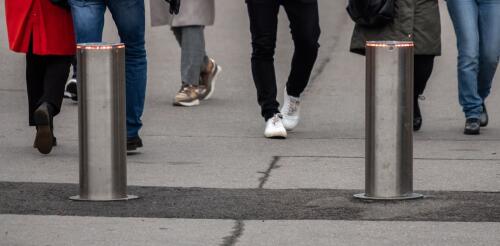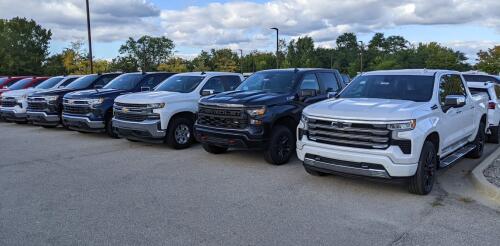CAFE standards
Deadly traffic incidents have declined in most developed countries in recent years. But in the U.S. they’re becoming more common. Deaths in motor vehicle crashes rose more than 33% from 2011 to 2021. Since 2010, pedestrian deaths nationwide have climbed a shocking 77%, compared with a 25% increase in all other types of traffic fatalities. Light trucks injure pedestrians more severely than passenger cars in crashes, and the size of cars and trucks sold in the U.S. continues to swell. Some current models, such as the Toyota Rav4, are one-third larger than they were 15 years ago. Based on my experience researching urban planning and street design for the past three decades, I know that U.S. cities are primarily vehicle-centered rather than human-centered. Rules established in the 1920s govern how people use vehicles in public streets, and other governmental controls tell manufacturers how big those vehicles can be. Today, these sets of rules have created public spaces w...
Replacing petroleum fuels with electricity is crucial for curbing climate change because it cuts carbon dioxide emissions from transportation – the largest source of U.S. global warming emissions and a growing source worldwide. Even including the impacts of generating electricity to run them, electric vehicles provide clear environmental benefits. Plug-in vehicles are making great progress, with their share of U.S. car and light truck sales jumping from 2% to 4% in 2020-2021 and projected to exceed 6% by the end of 2022. But sales of gas-guzzling pickups and SUVs are also surging. This other face of the market subverts electric cars’ carbon-cutting progress. As a researcher who studies transportation and climate change, it’s clear to me that EVs provide large carbon reductions that will grow as the electric grid shifts to carbon-free energy. But fleetwide emissions, including vehicles of all types and ages, are what ultimately matters for the climate. Whi...

